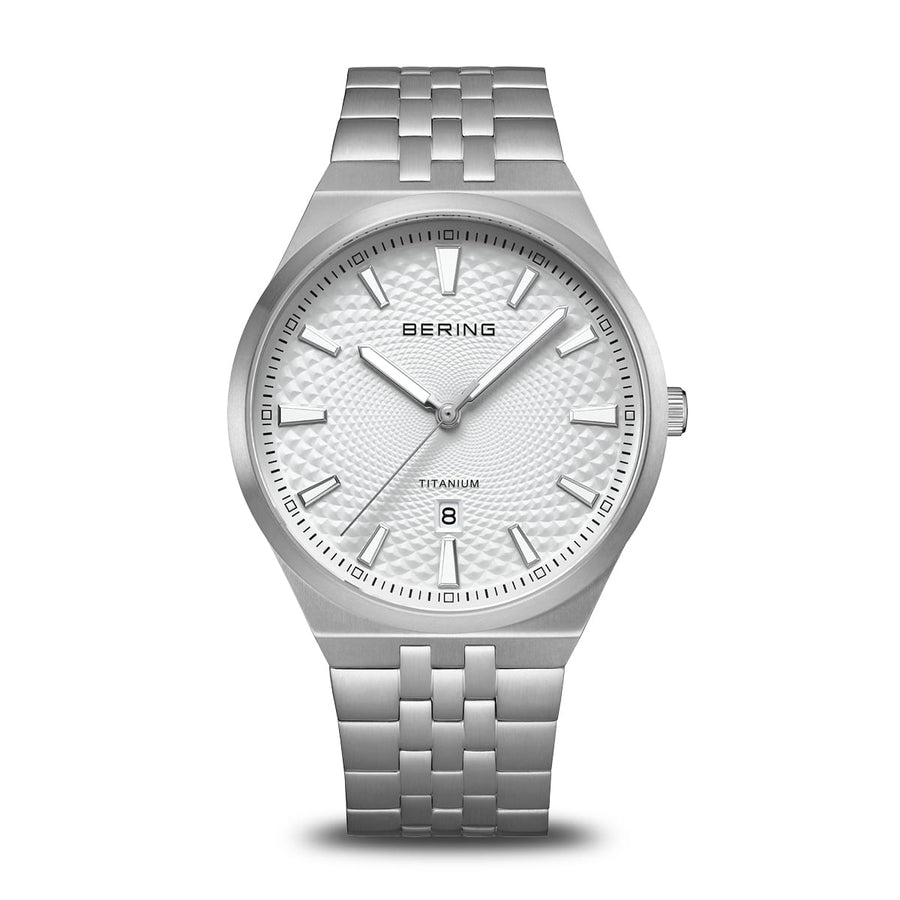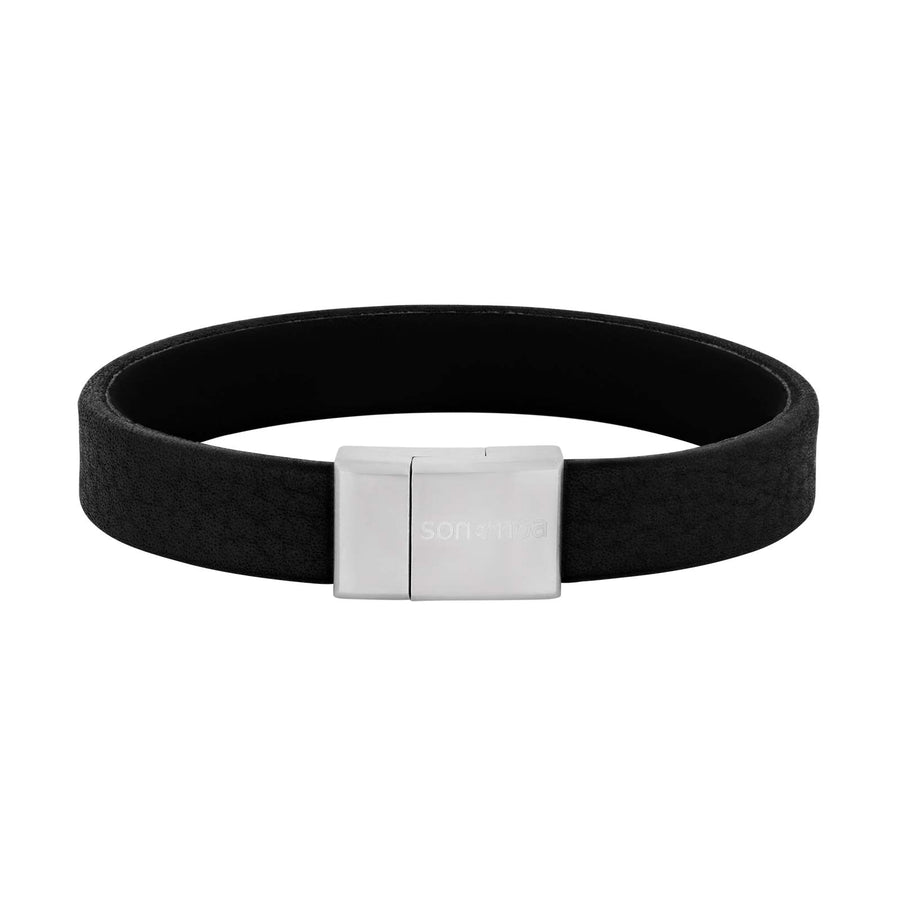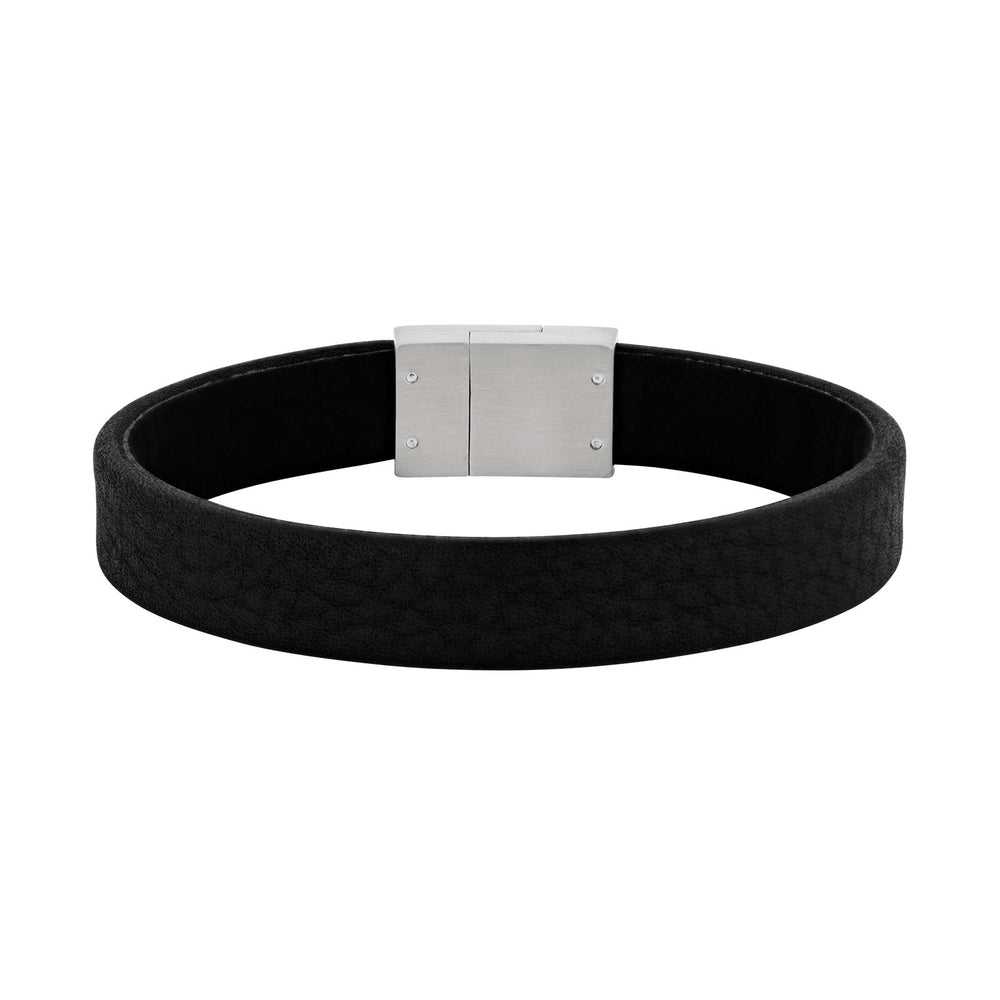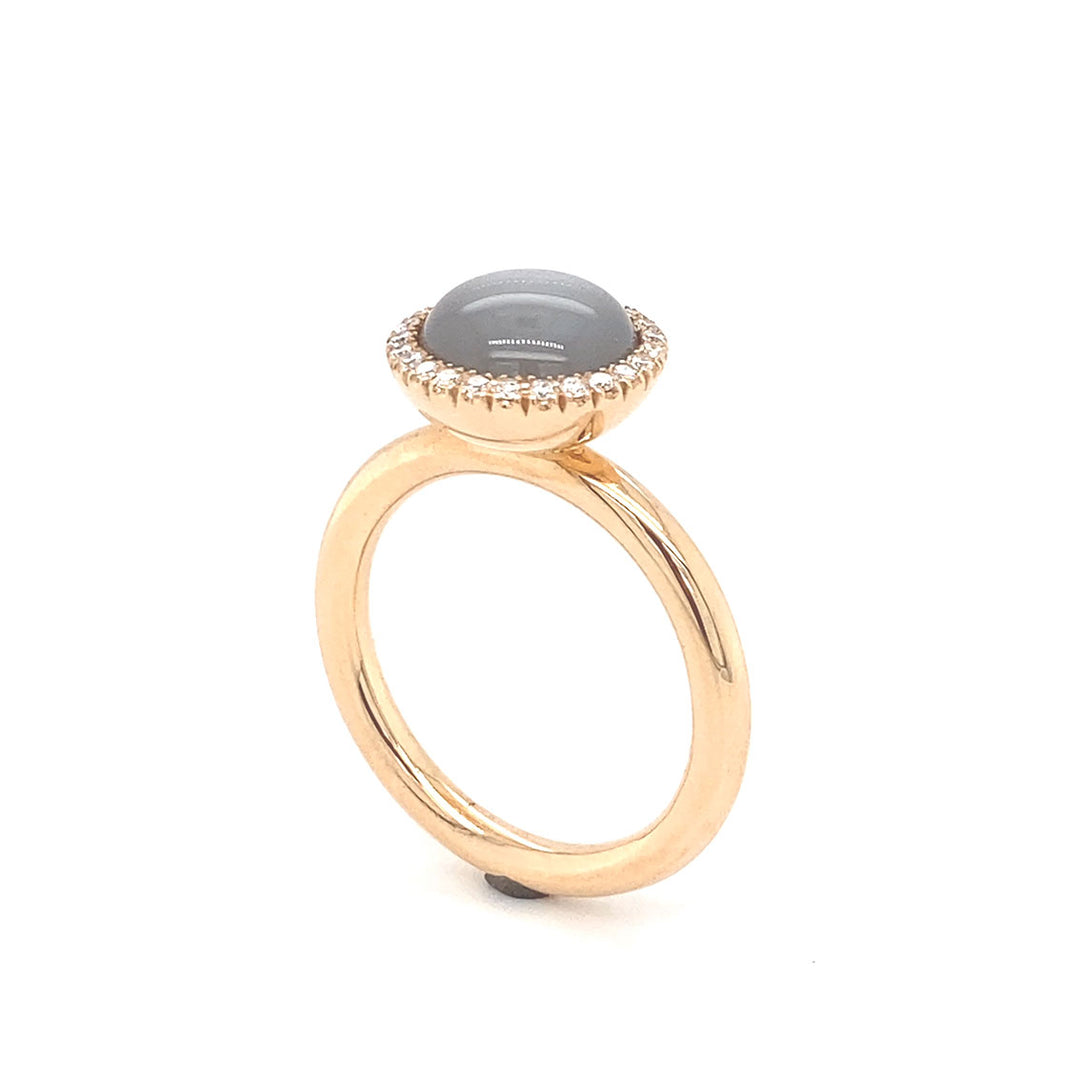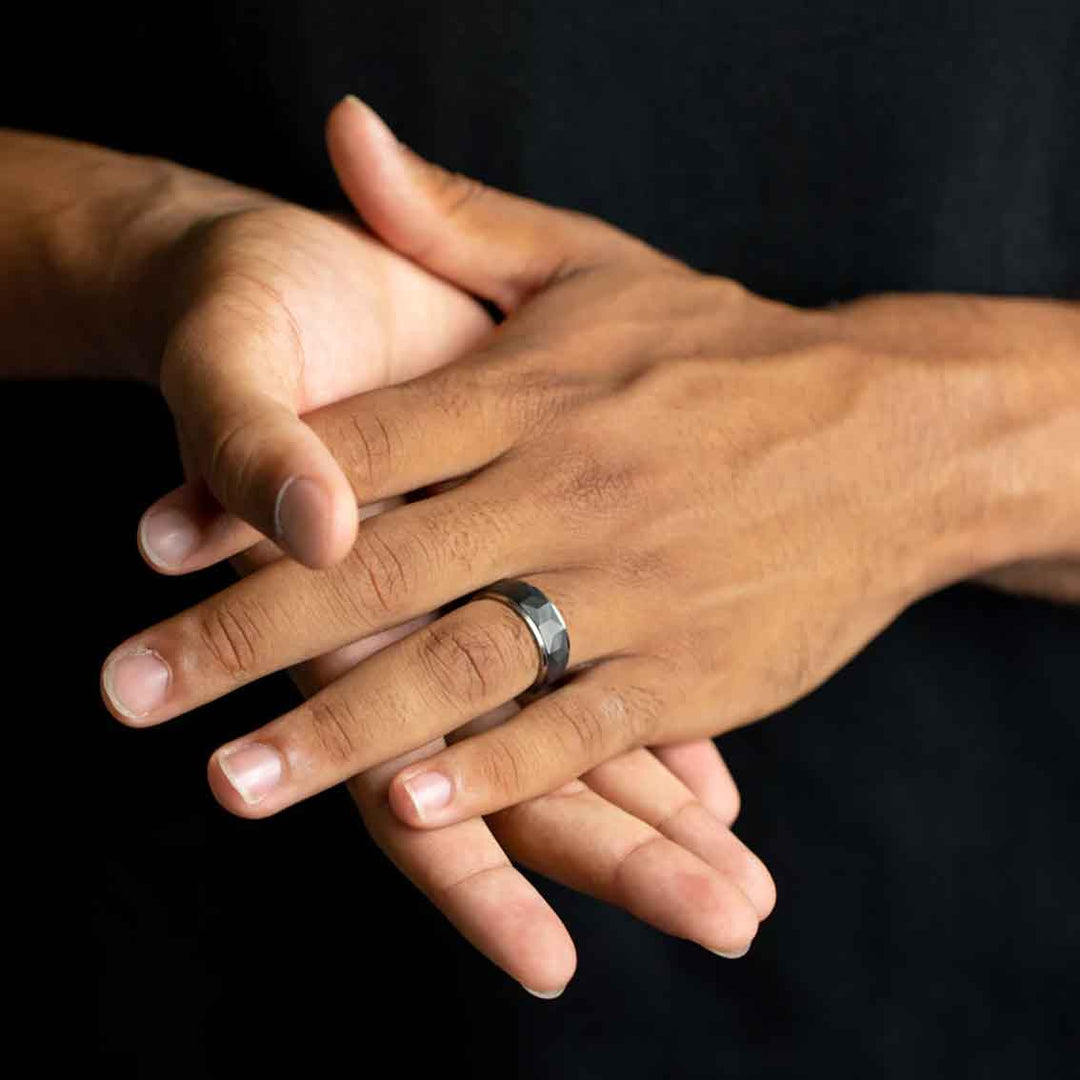Types of diamond cut
Photo by Evie Shaffer from Pexels
A diamond's cut determines how its facets interact with light. The cut is determined by symmetry, proportion, and polish.
Why is diamond cut so important?
If the diamond isn't cut well, it will appear dull, even if it has high color quality and clarity. A perfect cut is characterized by the way it reflects and refracts light for maximum brilliance—this is the allure of a perfect diamond, and there's nothing comparable to its radiance!
Diamond or brilliant? - Easily explained
The cut makes the difference. Any diamond cut as a brilliant* is called a brilliant. The brilliant is the classic among diamond cuts. It refers exclusively to the round cut shape with a total of 57 facets (at least or ideally). The upper part of the brilliant has 32 facets, including a table—the uppermost surface of a brilliant. The lower part has 24 facets plus a culet—the lower point of the stone.

What other cuts are there?
There are a variety of other diamond cuts, such as
- the simplified octagonal diamonds , called Single Cut,
- or the sixteen-sided (Swiss Cut).
- the oval ,
- the drop ,
- Navette or heart cut .
*Brillant is the correct German spelling. Brilliant - English-French - has the same meaning.
What influences the quality of the cut?
Cut is the only factor of the 4 Cs that is influenced by humans. Diamonds can be the same in clarity, weight, and color, but the cut ultimately determines which will be of higher quality – the cut determines how much a stone sparkles!
The diamond shape (the precise shape of the cut), the symmetry (how are the facets arranged in relation to each other? The more precise, the higher the quality) and the polish (after cutting, the stone is polished; the fewer polishing marks, the more sparkling) are the factors influencing the quality of the cut.
Quality of diamond cut – cut grades in detail
The cut grade determines the diamond's refraction of light. Light refraction is the typical sparkle of a diamond that we perceive when looking at it. With perfect cut proportions, the light entering from above the table is adequately reflected by the diamond's individual facets and directed back up. If the cut is too shallow, the light passes through and is barely reflected; if the cut is too thick, the light also escapes, but sideways. The diamond also loses its brilliance.
Excellent Cut: The highest cut grade. The proportions of this diamond create the most beautiful sparkle. Only very few diamonds achieve the perfect "Excellent" cut grade.
Very Good Cut: A very well-cut diamond almost reaches the quality level of an Excellent cut. It reflects almost all the light that enters it, but is less expensive.
Good Cut: Diamonds of this cut quality still reflect the majority of the incoming light. The proportions of the stone are less perfect than those of the two higher-quality categories, resulting in significantly lower costs for the same size.

Fig.: Diamond Radiant, 1.01ct, GIA G/G, light yellow yz, si2, € 3,080.–

Fig.: Diamond heart, 0.64ct, GIA G/G, VS2, natural, fancy brown yellow, € 1,880.–

Fig.: Diamond drops, 1.00ct, IGI certificate, G/G, si1, natural, fancy yellow, € 3,290.–

Fig.: Diamond Radiant, 1.09ct, IGI G/G, Light yellow, VS1, € 3,380.–


